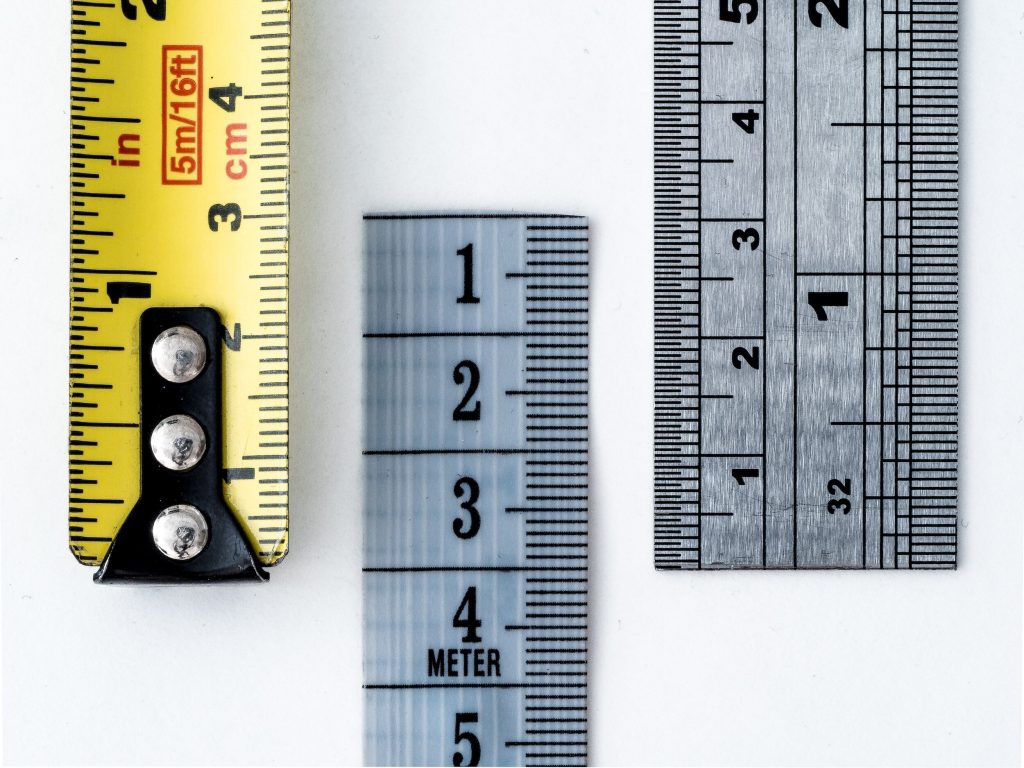Navigating conduit sizing within the Canadian Electrical Code (CEC) can sometimes seem daunting. However, with the right approach and understanding, it becomes a straightforward task. In this guide, we’ll demystify the process, by walking through a hands-on example. By the end of this guide, you’ll have both the knowledge and the confidence to size conduits correctly as per the CEC.
Example:
As per the code, what size should the EMT conduit be to house 3x#4AWG RW90 conductors at 600V?
-
Refer to Table 10A to find the cross sectional area of a #4 RW90 conductor at 600V.
-
3 RW90 conductors with 52.46mm² cross sectional area.
-
Total area = 3 x 52.46mm² = 157.38mm²
-
-
Refer to Table 8 to see what the maximum fill % is.
-
3 insulated conductors results in a max fill of 40%
-
-
Calculate the conduit size:
-
157.38mm² ÷ 0.40 = 393.45 mm²
-
A = π*r²
-
r = sqrt(393.45 ÷ π) = 11.19 mm
-
Diameter d = 2r = 22.38 mm (closest trade size is 27mm)
-
-
Alternatively, you can refer to Table 9G to find the nominal trade size required for your EMT conduit.
-
Table 9G specifically has the 40% fill for various conduits.
-
We know that we need to fit 157.38mm², in the conduit but cannot exceed the 40% fill rule. Using the table, we find that EMT conduit with a nominal trade size of 27 has a 40% area of 215.65mm² (trade size 21 is 132.03 < 157.38)
-
Therefore, as per the CEC, we would require at minimum a 27mm EMT conduit to house the 3 #4AWG RW90 conductors.

